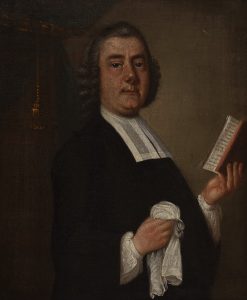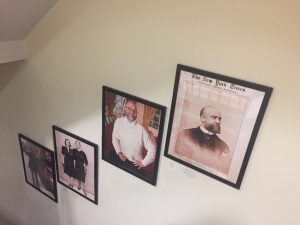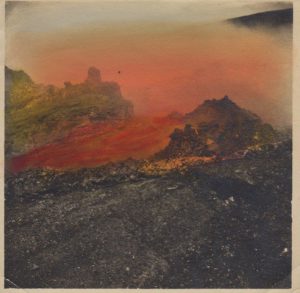
William Clark began keeping a journal in 1759 at the age of eighteen. He wrote an entry for almost every day until he died in 1815 at the age of seventy-five. The entire journal – fifty-six volumes and almost five thousand pages – is now held by the New England Historic Genealogical Society in Boston. Clark carefully recorded his neighbors’ births, marriages, and deaths, providing rich pickings for family history researchers, but the author of the journal is himself a fascinating character: a convert, a loyalist, and a refugee.
Clark was an Anglican clergyman by the time of the American Revolution, but – like many New England Anglicans – he had first joined the Church of England as a convert. His father, the Rev. Peter Clark, was a Congregationalist minister in Danvers, Massachusetts, and a leading “old light” defender of the colony’s Congregationalist establishment. Continue reading ‘Indifferent to the world’








